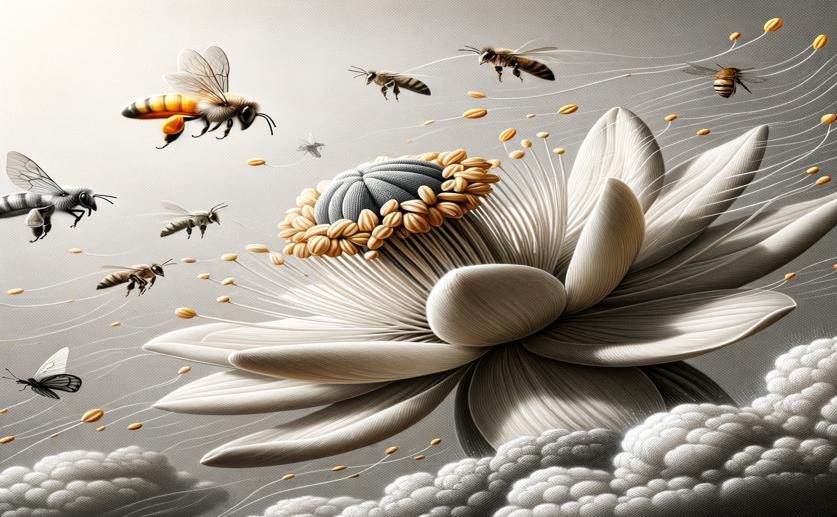
Flower Stamen Movement in Response to Weather and Pollinator Visits
Jenn Hoskins
9th June, 2024

Image Source: Natural Science News, 2024
Key Findings
- The study from Hubei University found that both non-living (abiotic) and living (biotic) factors significantly influence the successive movement of plant stamens
- Changes in light intensity and temperature affected the timing and extent of stamen uplift and pollen release
- Larger pollinators triggered quicker and more pronounced stamen movements, enhancing pollen transfer
EnvironmentEcologyPlant Science
References
Main Study
1) Successive stamen movement in Saxifraga candelabrum is responsive to weather and pollinator visits
Published 8th June, 2024
https://doi.org/10.1186/s40462-024-00483-9
Related Studies
2) Losing one's touch: Evolution of the touch-sensitive stigma in the Mimulus guttatus species complex.
3) Effects of heterospecific pollen on stigma behavior in Campsis radicans: Causes and consequences.
4) Stigma Sensitivity and the Duration of Temporary Closure Are Affected by Pollinator Identity in Mazus miquelii (Phrymaceae), a Species with Bilobed Stigma.
5) Touch-sensitive stamens enhance pollen dispersal by scaring away visitors.



 1st June, 2024 | Jenn Hoskins
1st June, 2024 | Jenn Hoskins